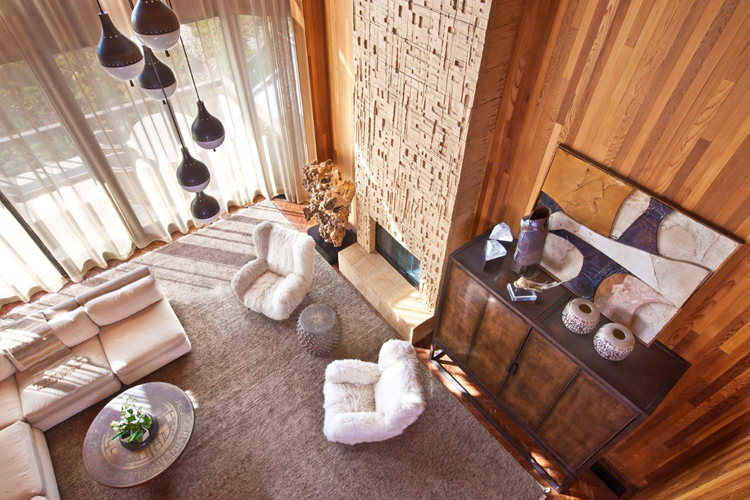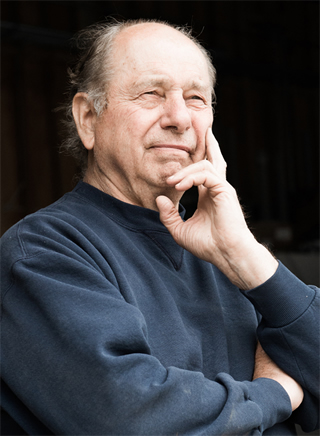Clay Artist Thinks Big - Page 3
 |
|
|
 |
|
|
 |
|
|
A native of Fresno whose father ran a parking garage, Bitters fell in love with art early, did well at intramural sports, and made a name for himself—a bad name—as a high school senior when he wrote a term paper on human sexuality that almost got him thrown out of town.
Really?
"Well, I illustrated it," he says with a laugh.
Starting in 1955, he studied art at UC San Diego but didn't find his métier until he ran into Peter Voulkos at the Otis College of Art and Design three years later, before getting his degree in 1959 from UCLA. From Voulkos he learned how to turn a hunk of clay into a hollow ball.
That shape led to one of Bitters' earliest commercial products, when he turned it into a birdhouse for the Hans Sumpf Company, a Fresno adobe brick manufacturer that gave him his first job on leaving school. That's also one reason Bitters settled back in Fresno, a place with which he's always had a kind of love-hate relationship, hating the summer heat, feeling settled because it's home.
"Getting out of college, getting a job for 75 bucks a week," Bitters says, "that was a pretty good deal."
Working with a Chevron chemist, Sumpf had patented a way to produce adobe bricks that wouldn't melt away in the rain, combining mud with an emulsifier. His bricks were turning up in houses throughout the Central Valley and on the Coast, many in modern designs by such architects as Fresno's Bob Stevens.
Sumpf proved to be an ideal incubator for Bitters' interest in integrating ceramic art with architecture, but that isn't why Sumpf hired him, Bitters says. "His idea was to have an artist throw [pots] on a wheel. When tourists came to do a tour of the plant, the artist would be on display, throwing on the wheel."
"He had just gotten in 20 tons of clay and said, 'Do what you want with it.' I played for about six months before I finally decided I needed to make some objects that sold."
Hiring local potters, Bitters began turning out pots and birdhouses. He created a ceramic 'mushroom table' and devised ways to use ceramics in architectural settings. His first bank building facade, a Midland Savings & Loan designed by architect Gene Hougham, was done while working at Sumpf in the early 1960s.
"[The ceramic façade for] that particular first building was 20 feet tall and 20 feet wide," Bitters says. "The lumps of clay were significant. I hadn't used that much clay before...I continued to explore from that point."
By 1965 Bitters was on his own, teaching drawing at Fresno State, producing ceramic sculptures, but mostly focusing on environmental ceramics. He did a series of banks for Hougham and Midland Savings, including branches in Visalia and Hanford, a law office, private homes, and more.




